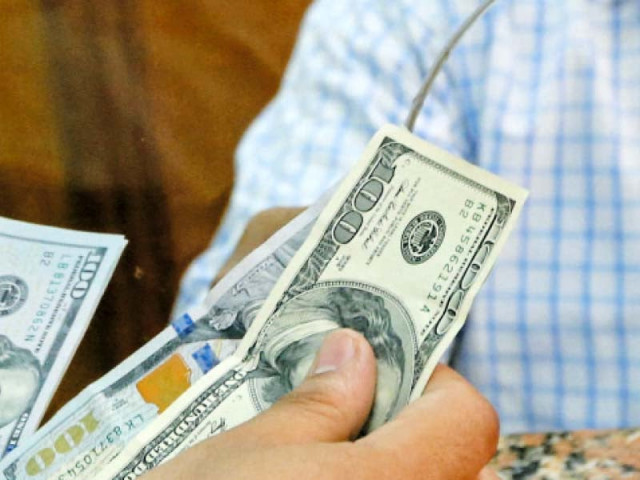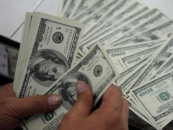Rupee’s dip continues in inter-bank
Currency weakens for sixth consecutive day to hit record low at 181.25 vs dollar

Pakistani currency maintained a record-breaking downward streak for the sixth consecutive day on Monday, as it hit a new all-time low at Rs181.25 against the US dollar in the inter-bank market on fears that the International Monetary Fund (IMF) may temporarily suspend its $6 billion loan programme.
With a fresh drop of 0.38% (or Rs0.68) on Monday, the rupee has cumulatively declined by 1.54% (or Rs2.74) against the US dollar in the past six days, as it stood at Rs178.51 on March 11, according to the central bank data.
The IMF, which is holding a seventh review of the economy under its ongoing loan programme, is once again expected to put the programme on hold after the government subsidised petroleum products and power tariff, which was in contradiction with the IMF conditions.
This was stated by Ismail Iqbal Securities Head of Research Fahad Rauf and KASB Securities Head of Research Yousuf Rahman while talking to The Express Tribune.
The IMF is scheduled to announce results of the seventh review on Tuesday (today).
According to Finance Minister Shaukat Tarin, the government has satisfied the fund about the resources from which it will be financing the subsidy of around $1.5 billion till June 30, 2022.
The delay in the IMF programme would stop the release of the next loan tranche to Pakistan, the analysts said.
“If the IMF programme is delayed, the rupee may fall to around Rs185 soon, if the central bank does not intervene,” Rauf said, adding that the State Bank of Pakistan (SBP) may inject dollars into the market “if it finds the rupee losing ground against the greenback unnecessarily”.
The extended drop in the rupee value to around Rs183-184 against the dollar would be temporary under the current cycle, as “we see the rupee at around 182 by the end of current fiscal year on June 30, 2022”, Yousuf said.
Besides, the rupee came under pressure in the wake of a rebound in global crude oil prices, which once again spiked to over $110 a barrel after touching around $95 last week, they said.
Pakistan heavily relies on imported energy, while continuous depletion of the foreign exchange reserves has sparked panic among importers, who are buying the foreign currency at a record low exchange rate in the inter-bank market.
The foreign exchange reserves fell to around $16.6 billion from over $21 billion a few months ago.
Tarin held the view that the reserves were enough to finance the country’s imports.
The uncertainty in domestic politics - in the backdrop of the no-confidence move against Prime Minister Imran Khan in parliament scheduled for March 25 - also weighed on the rupee.
The meltdown in domestic currency was against expectations of a partial recovery this week, following the country’s current account deficit surprisingly narrowed to one-fifth at $545 million in February against an all-time high of $2.53 billion recorded in the previous month of January.
The experts said that the international oil price was expected to remain on a lower side in the range of $85-90 per barrel on hopes for early resolution of the Russia-Ukraine conflict. However, the expectations proved wrong and the war continued.
They said that the domestic political uncertainty may also deepen ahead of the vote on the no-confidence motion. The two sides - government and opposition - are waiting for the end of the Organisation of Islamic Cooperation (OIC) conference before the political showdown.
Published in The Express Tribune, March 22nd, 2022.
Like Business on Facebook, follow @TribuneBiz on Twitter to stay informed and join in the conversation.



















COMMENTS
Comments are moderated and generally will be posted if they are on-topic and not abusive.
For more information, please see our Comments FAQ